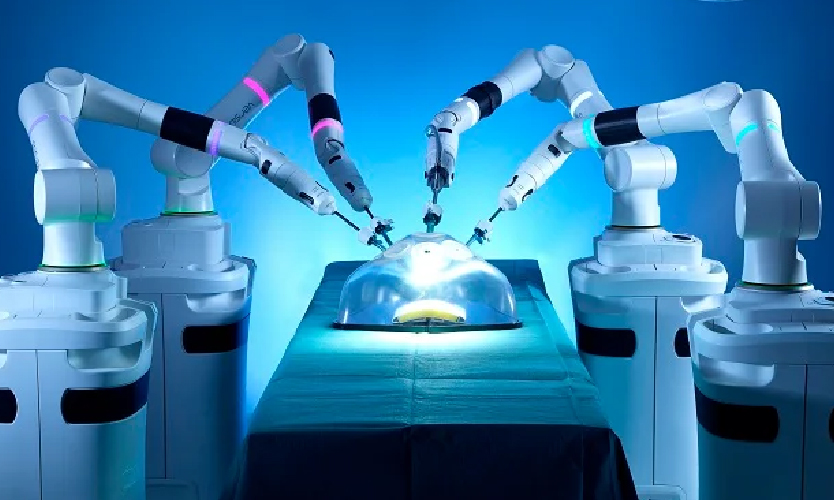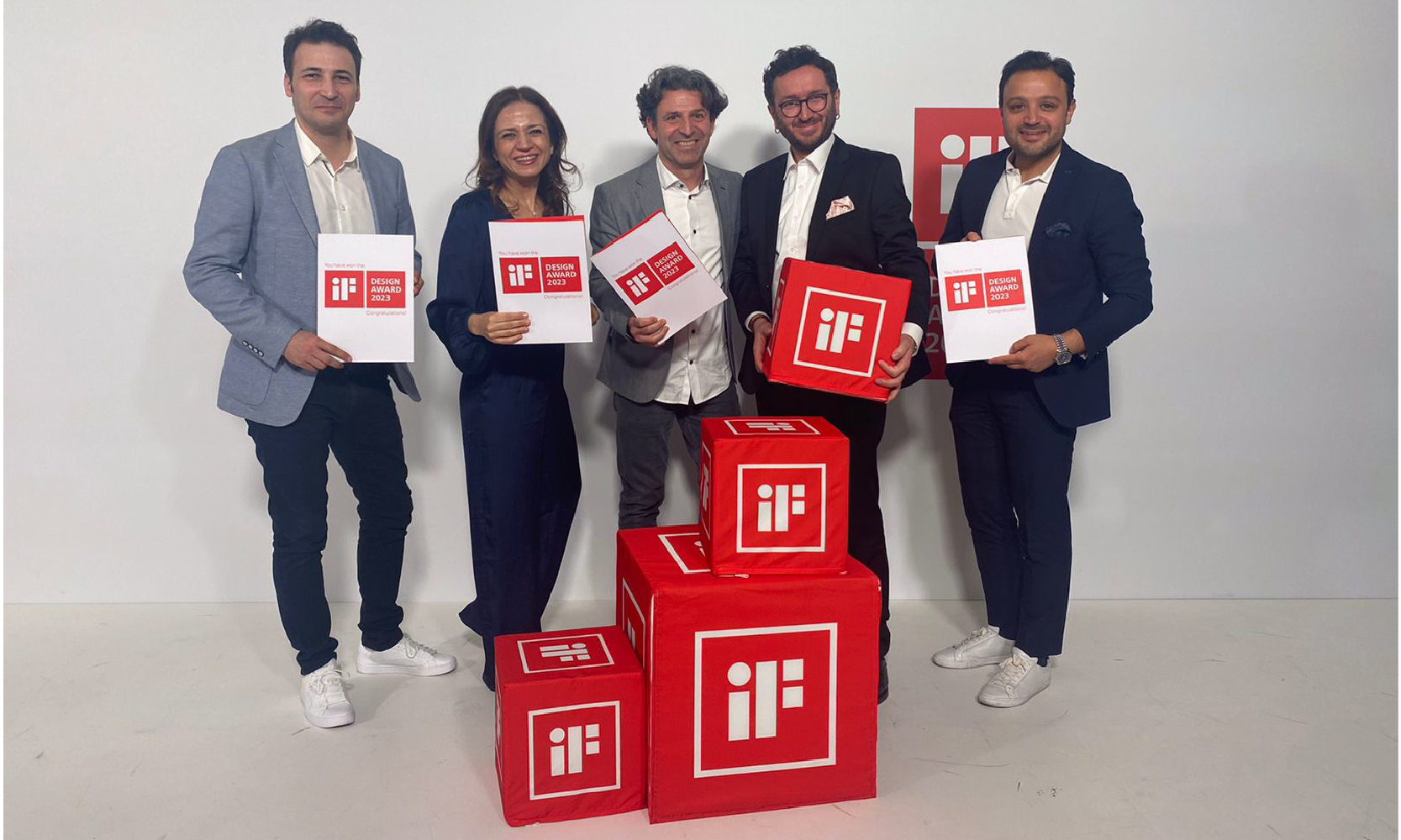Every month, KaleTalks program brings together inspiring speakers from different disciplines. On June 29, the World Industrial Design Day, Alpay Er, the chairperson of the Department of Industrial Design at Ozyegin University moderated the talk with Murat Armağan, Founder and General Manager of Arman Design and Zeynep Falay von Flittner. Due to the pandemic, the talk continued through online platforms. The guests shared their stories and experiences on the theme, “Industrial Design 4.0 : Product or Service?”. Speakers in Finland and Turkey, what Er calls as “the two ends”, talked about the importance of industrial design on the society and economy, and shared their predictions about the future of industrial design.
Industrial Design 4.0: Product or Service?

Opening Speech : The Future of Industrial Design
On the mutually agreed topic, the moderator Alpay Er uttered: “Where are we heading to and who are we? Where is the industrial design heading to? The title is ‘Industrial Design 4.0’. This is of course a direct reference to ‘Industry 4.0’ but there is no official ‘Industrial Design 4.0’, we will create [that, here]. Most likely, this will be in the light of the context and dynamics of ‘Industry 4.0’. Industrial design, as its name suggests, has always been in close contact with the dynamics and needs of the industry. Even its own discovery is closely related to the needs of industrialization within the market economy.”
Stating on how the title of the talk is related to the future of design, Er said: “We set out from the product and go towards service. We can see a reflection of this in the name change of the World Design Organization. About 20 years ago, product [design] started to be perceived as both a product and a system. At the same time, things like service design were coming to the surface. Now, we have reached the point to discuss what is what and which came first.” Later on, the talk continued with Q&A sessions and comparisons between Turkey and Finland, two countries where these Turkish designers live and work.
Changing Role of Design
After her introduction, Zeynep Falay von Flittner talked about the starting point and the development of the change in the designer’s role in the world: “Business consulting firms added design to their systems and started to use human-centered design for the strategies of big corporations…Service design is not limited to digital touchpoints such as computers and cellphones. There are companies that approach holistically and design customer and employee experience together.” As an example, von Flittner mentioned about Hellon, the company she works for.
Murat Armağan, who introduced himself after Zeynep Falay von Flittner, started his talk by celebrating everyone’s World Industrial Design Day. After mentioning how the establishment of the World Design Organization goes back to 1957, Arman commented on how Turkey lacks a deep historical past in industrial design. He then uttered, “Therefore, we still cannot say [industrial design] has built a cultural area holistically. But especially in recent years, it has performed significantly in schools with our valuable faculty members like you, and by sparking off important professionals and design offices. We, as a medium-sized design agency, are trying to occupy a place in this field. When we see the motivation of the companies to develop products, we try to reflect this to the product, result, and economy.”
Design in Turkey
Armağan stated how he has dealt with design, economy, and engineering as a whole in his career, and then explained the presence of engineers along with designers in his company Arman Design through this business model. He then added: “Our goal is to get the result without any risks…in the realization of a product and contribute to the economy, especially in an area like Turkey, whose industry is newly developing and where the interaction with creative spaces is slowly emerging. Therefore, some design offices and here are progressing with flexible and immersive activities, and are resolving these potentially-missing issues. This is why we transformed the company’s structure by including the field of engineering.”
Murat Armağan claimed that he is trying to prove that the product logic and strategy created by Arman Design’s team can create a real economic value with customers, and then talked about how the geography in Finland merges with creative disciplines and the emergence of big brands as a result [of this merge]. Later on, Armağan talked about his goals: “We are massively motivated for the creation of these companies which create these kinds of product and service areas to form from Turkey and go global, and we never lose this motivation.”
Design in Finland
Zeynep Falay von Flittner answered the question “How do public institutions work with designers when developing policies and services?” from the audience: “This is a sector that has just settled in Finland. Now, universities have courses such as ‘Design for Government’. Some of the projects that we are involved in are in the healthcare sector. There are projects we have realized to understand the needs of doctors, nurses, and patients, and design these services more effectively and responsively. We work with cities. The topic of participatory democracy is very important in Finland, and there are some projects we have realized for the enhancement [of participatory democracy].” Then von Flittner shared the details of her current projects.
Turkey’s Future in Industrial Design
The moderator Alpay Er mentioned and illustrated how Turkey always seemed interesting to him. According to Er, Turkey embodies pre-industrial manufacturing, or in other words, artisans in workshops, as well as mass production in factories and sectors such as finance and insurance which can renew themselves rapidly and compete with Europe in the use of technologies best. For Er, Turkey, which is like a bridge between two continents due to its geopolitical significance, also has the power to bring pre-industrial with the post-industrial design.
The Journey of Design
Murat Armağan also expresses the relationship between companies and products for industrial design understanding from the past to the present. Reminding that in the past the customer used to deal only with the service after the [manufacturing process] in the factory, Armağan states that no company can get rid of the product so easily today.
According to Armağan, products and companies now act as a whole. For this reason, Armağan indicates that companies should always develop the product and update it to meet user needs, and gives examples: “Your expectation when you buy a phone now is different from your expectations three months ago. A year later, you realize that the world is going to a completely different point.We are so intertwined with the new trends, new fashion trends or many processes such as earthquakes or political transformations like the pandemic we live in now that the content that is created beyond the basic function of the product begins to interest us.” Stating that a user/audience can no longer be mentioned, Armağan adds that physical design and the designer become an identity together that complements and correctly reconciles service design or the concept of digital.
Zeynep Falay von Flitter talks about her experience in purchasing design, adding: “In my own experience when we opened the Istanbul office of Fjord (2012), we had to work a lot in terms of the value of the design and selling designs. On the other hand, in European countries, you do not have to convince that the design has a certain value in the minds of consumers and companies that they should be economically invested in it, which is perhaps one of the main differences [between the two countries].”.
Role of the Designer
Murat Armağan explains the difference between engineering and design on a question from the audience: “Engineering is a holistic action to confirm and realize that product. But the decisions of a designer are [equally] important for the investment to define and implement the product. Therefore, values such as concept and strategy have started to become a part of our formation since the time we worked with forms in university. We are now out of the scenarios of the product, we now [are interested in topics such as] what services will work on this product, where will this product be in contact with. Companies can no longer evade their products. They feel the need to update [their products] or get in contact with the interested clients. Now the products are connected to other products as well…We are in such an interesting technological web. Now the cell phone talks with the television, the television communicates with the air conditioner.”
Designer vs. Artist
Referring to the concept of hybridmap used by a company, Armağan mentions that services reached an independent but not a separate point with the product. He then adds that in the projects they implement as Arman Design, they think about how to synthesize service and product design. Commenting on how a designer cannot make a living “by drawing a beautiful sketch, drawing a beautiful furniture or designing a great object” like an artist, Armağan claims that “There is a lot of transition under the word ‘design’. Although many design disciplines are not placed in the same pot, it is necessary to accept the pass-through between them. Therefore, in this field, service design and physical product design can never be disconnected from each other… Now [the designer] has to be integrated with everyone and must know the world, live and even be open to new visions.”
Zeynep Falay von Flitter adds on the topic: “The role of the designer is [changing] from an expert and [gradually] becoming a center which understands the needs of different stakeholders and brings these stakeholders together using empathy. We came to a completely different state than the subjects we learned at school. Strategic thinking and conceptual thinking are important. But empathy is very important. For more successful and customer-oriented services, we need to perceive such emotional expectations and gather information from different perspectives.”
What are the Traits You Look For when You Hire a Young Designer?
Armağan declared that the formation of the designer was the most important thing in a 4-year university. He added that while his firm has criteria while hiring, one does not need to meet all these criteria. Here are Armağan’s expected qualifications:
Ability to think conceptually and describe, that is, to write after conceptual thinking. For Armağan, this is sometimes more important than drawing sketches.
Strategic thinking skills. This is about how someone tries to overcome a crisis.
Research. Armağan mentions how two students can be very different about research and how research methods should definitely be a subject taught in the university.
To be a great team player.
Self Motivation. Armağan expresses that the design agency he founded especially experiments this part with stress tests. For him, it is important for someone to boost their energy even at a point where they feel unsuccessful, and come to the conclusion even they have to deal with the matter from the beginning.
Importance of Customer Feedback
Pointing out that acting without considering customer feedback remained in the past, Armağan says that the decision based on the boss or a group of authorities, and not the customer, is also risky. Armağan adds that with the help of technologies we [now] have the chance to receive continuous feedback, adding that VR technology can also be used in this way. VR technology creates an important testing environment to experience large-scale objects. Armağan mentions that in Arman Design’s recent theme park project, [chosen] individuals test the elements of the park. He then adds that this is done not from a customer request but rather as a measure to reduce the risk.
The closing speech shows that Industrial Design 4.0, which is the topic of the talk, can be neither with product design nor service design. According to the speakers, the combination of these two disciplines will form the future of design.
 Primitive Use of Artificial Intelligence: A Look from Past to Present
Primitive Use of Artificial Intelligence: A Look from Past to Present  The Future of Medical Design
The Future of Medical Design  A Night Full of Prizes: Celebrating 4 Wins at iF Design Awards 2023
A Night Full of Prizes: Celebrating 4 Wins at iF Design Awards 2023